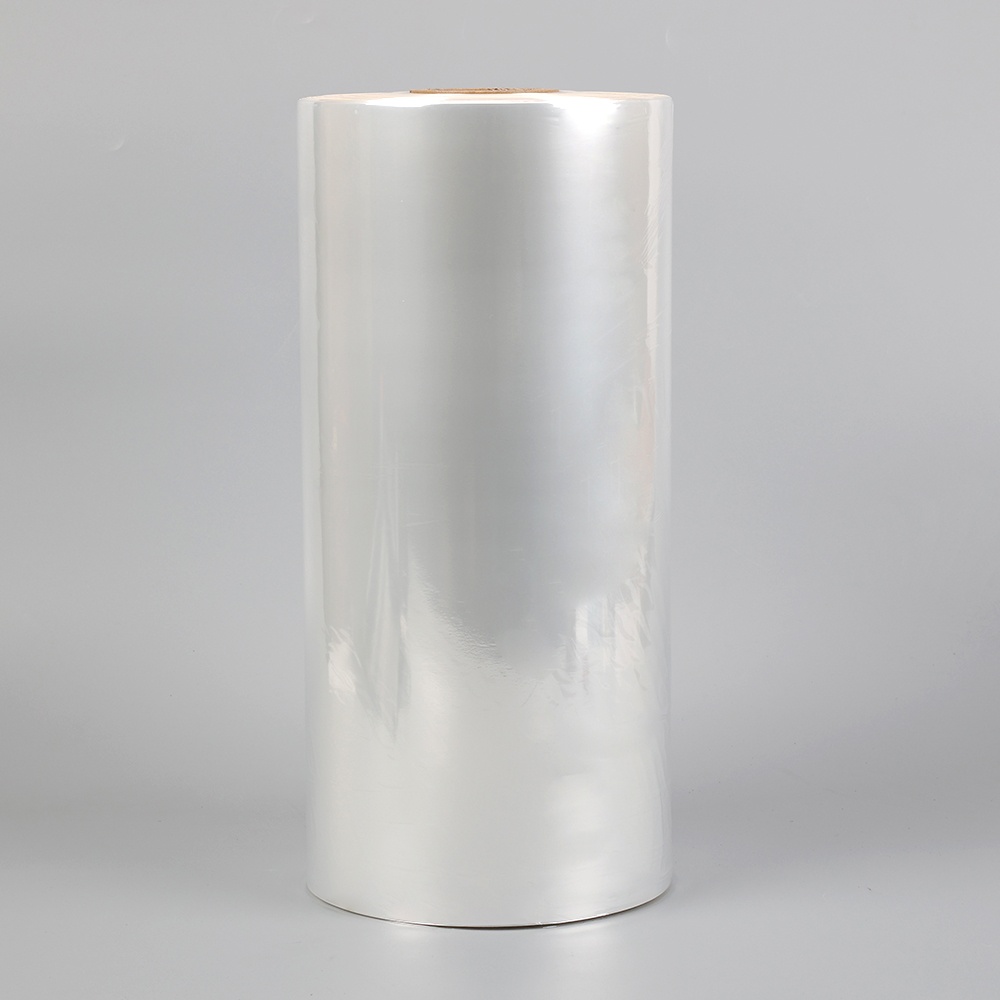The Second Life of Plastic: Unpacking PCR Cross-Linked Shrink Film
Dec 08,2025The Invisible Shield: Unpacking the Power of POF Heat Shrink Film in Mobile Phone Packaging
Dec 03,2025POF Shrink Wrap: The Professional Standard in Protective and Aesthetic Packaging
Nov 24,2025Polyolefin Shrink Film Roll: Versatility and Performance in Modern Packaging
Nov 19,2025Polyolefin vs. PVC: The Polymer Debate in Shrink Film
Nov 12,2025Polyolefin shrink film is widely used in packaging for its durability, clarity, and versatility. Whether you are in food processing, retail, or industrial manufacturing, choosing the right polyolefin shrink film can enhance product presentation, improve protection, and optimize operational efficiency. Here are the key factors to consider when purchasing polyolefin shrink film:
1. Type of Polyolefin Shrink Film
Polyolefin shrink films come in various formulations to suit different applications. The two main categories are:
Cross-linked Polyolefin Film: Offers higher tensile strength, better puncture resistance, and minimal shrink force. Ideal for irregular or sharp-edged products.
Standard Polyolefin Film: More flexible and cost-effective, suitable for lightweight or uniform-shaped items.
Choosing the right type depends on your product’s shape, weight, and packaging requirements.
2. Shrink Ratio
The shrink ratio determines how much the film will shrink when heat is applied. Common shrink ratios include 40% to 60%. If your product has complex shapes, a higher shrink ratio ensures full coverage without excessive tension that could damage the product.
3. Clarity and Gloss
For retail products, visual appeal matters. High-clarity films offer excellent transparency and gloss, allowing the consumer to see the product clearly. This is especially important for food, cosmetics, or gift packaging, where presentation can influence purchase decisions.

4. Tear Resistance and Durability
If your products are shipped or handled frequently, durability is essential. Look for films with high puncture and tear resistance to protect contents during transit and storage. Cross-linked polyolefin film is particularly strong in this regard.
5. Compatibility with Packaging Machinery
Before purchasing, check if the shrink film is compatible with your packaging equipment—such as L-bar sealers, tunnel shrink machines, or automatic form-fill-seal machines. A film that runs smoothly on your equipment can reduce downtime and improve productivity.
6. Sealing Performance
A good seal is critical to maintain package integrity. Polyolefin films typically offer strong, clean seals that resist tearing. Ensure the film you choose can form a tight, consistent seal on your products, even at high packaging speeds.
7. Regulatory Compliance (for Food Packaging)
If the film will be used for food packaging, it must meet safety regulations such as FDA or EU food contact standards. Always check the certifications of the film to ensure it is food-safe and free of harmful substances.
8. Environmental Considerations
More businesses are opting for eco-friendly materials. Many polyolefin shrink films are recyclable and contain fewer toxins than PVC. Some films are even biodegradable or produced with reduced carbon emissions. Choose a supplier who offers sustainable options if environmental impact is a concern.
9. Cost vs. Performance
While cost is always a consideration, the cheapest film may not provide the best value. A higher-quality film may reduce waste, improve packaging speed, and enhance customer satisfaction. Evaluate the long-term benefits of performance versus the initial price.
How To Produce POF Shrink Wrap Film
Unlocking the Potential of EVOH High Barrier Shrink Film in Industrial Packaging
Mobile site

alibaba
Copyright © 2023 Zhejiang Zhongcheng Packing Material Co., Ltd. All Rights Reserved. Privacy Polyolefin Shrink Film Manufacturers


